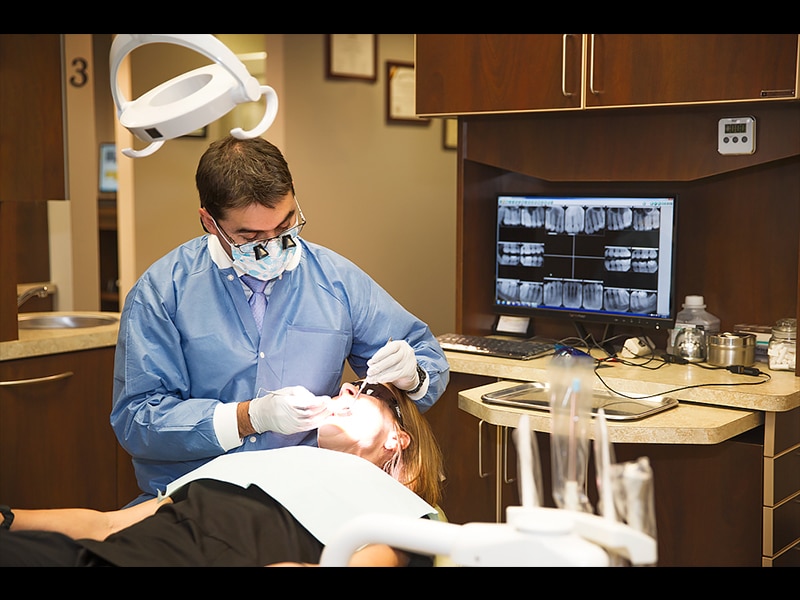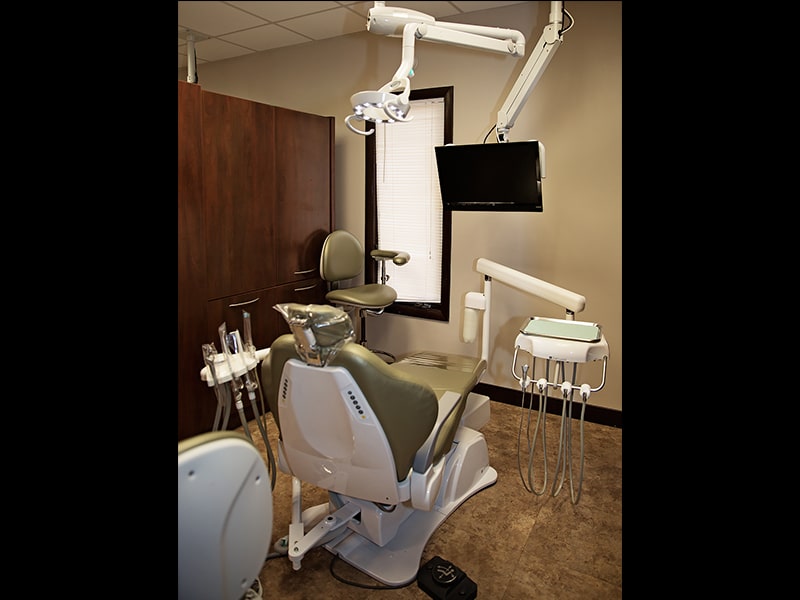A root canal might sound intimidating, but it’s a common dental procedure designed to save your natural tooth and relieve severe pain caused by infection or inflammation. Many people fear the term “root canal,” but the reality is far from the myths. Thanks to modern dentistry, root canals are now efficient, comfortable, and often no more painful than getting a standard filling.
When a tooth becomes infected or the pulp inside becomes damaged, the infection can spread if left untreated. This can lead to swelling, bone loss, or even tooth loss. That’s where a root canal comes in. It removes the infected tissue, cleans the area, and seals it to prevent future issues.
If you’re experiencing constant tooth pain, sensitivity to hot or cold, or swelling in your gums, it may be time to consider a root canal treatment in Stafford, VA. Here’s a breakdown of what to expect during the procedure and how to recognize when you might need it.
What Is a Root Canal?
A root canal is a dental procedure that treats the inside of the tooth. The pulp, located in the center of the tooth, contains nerves and blood vessels. When this pulp becomes infected or damaged due to decay, trauma, or cracks, a root canal is often necessary to save the tooth.
During the procedure, the pulp is removed, and the inside of the tooth is cleaned and disinfected. It’s then filled with a rubber-like material and sealed. Finally, a crown may be placed on top to restore strength and appearance.
Signs You May Need a Root Canal
Not all tooth pain requires a root canal, but certain symptoms are strong indicators. Persistent pain, especially when chewing or applying pressure, can suggest an issue with the pulp. Other signs include prolonged sensitivity to temperature, swelling or tenderness in nearby gums, darkening of the tooth, or a recurring pimple on the gums.
Your dentist will evaluate your symptoms and take X-rays to determine if a root canal is necessary.
The Root Canal Procedure: Step-by-Step
Root canal treatment typically takes one or two visits. Here’s how it usually goes:
- Diagnosis and Imaging: Your dentist will take X-rays to examine the root canal and check for signs of infection.
- Anesthesia: Local anesthesia is administered to numb the area, ensuring a painless experience.
- Pulp Removal: A small hole is made in the tooth, and the infected pulp is removed.
- Cleaning and Shaping: The canals are cleaned and shaped to receive the filling material.
- Filling and Sealing: The cleaned canals are filled and sealed with a biocompatible material.
- Restoration: A temporary or permanent crown is placed to protect the tooth.
What to Expect After the Procedure
After the procedure, it’s common to experience some tenderness or mild discomfort for a few days. Over-the-counter pain relievers are usually enough to manage this. Avoid chewing on the treated side until the permanent crown is in place.
Follow-up visits may be scheduled to ensure the tooth is healing properly. Once fully restored, your tooth can last as long as your natural teeth with proper care.
How to Care for a Tooth After a Root Canal
Taking care of your treated tooth is essential to long-term success. Continue brushing twice a day and flossing daily. Avoid biting down on hard objects like ice or pens, especially if the tooth has not yet been crowned.
Routine dental checkups allow your dentist to monitor the tooth and make sure everything remains healthy.
Why Early Treatment Matters
Delaying treatment can lead to more serious complications, including abscesses, bone loss, or even spreading infection. Early diagnosis and timely intervention are key to preserving your natural tooth and preventing more invasive procedures in the future.
If you’re experiencing symptoms, don’t wait for them to worsen. A root canal can provide relief and help protect your overall oral health.
A root canal is not something to fear. It’s a safe, effective way to treat tooth pain and infection while preserving your natural smile. Understanding what to expect helps reduce anxiety and allows you to feel more confident about your care. If you’re dealing with constant tooth discomfort, sensitivity, or swelling, you might benefit from a root canal treatment in Stafford, VA.
At New Smiles Dental, we prioritize your comfort and long-term oral health. If you’ve been putting off dental care, now is the time to schedule your consultation and get back to smiling confidently.











